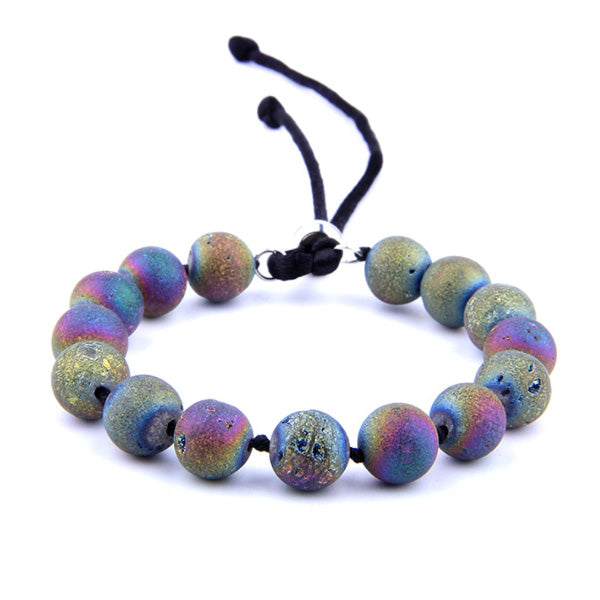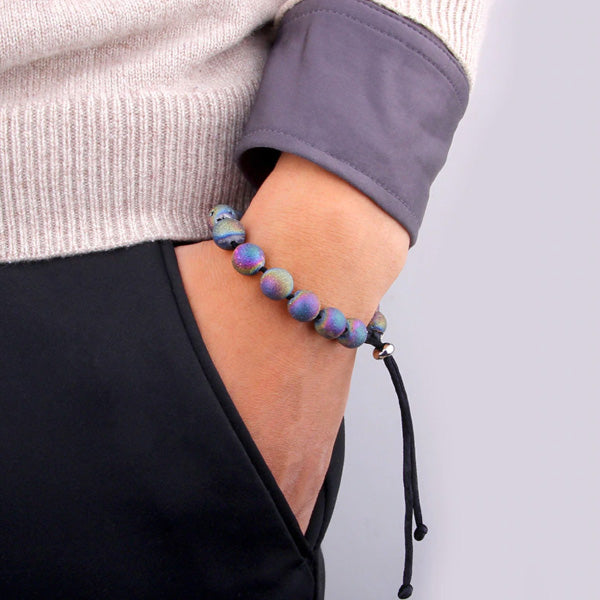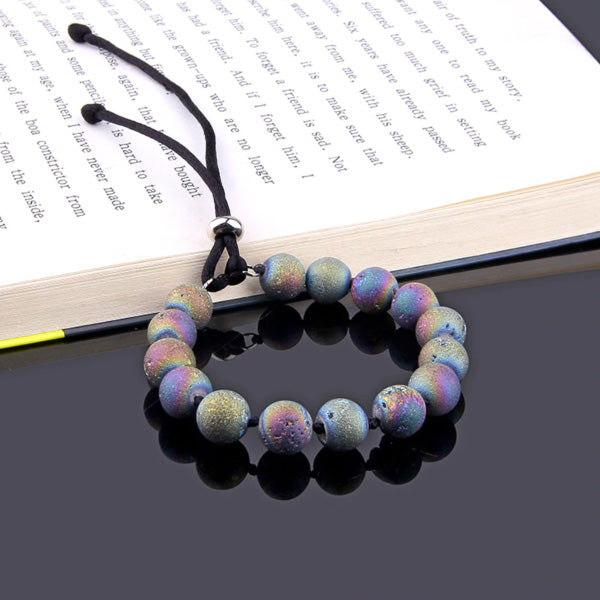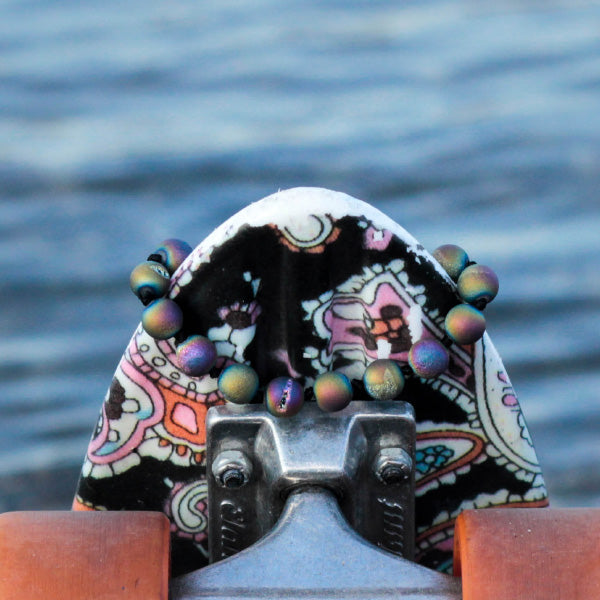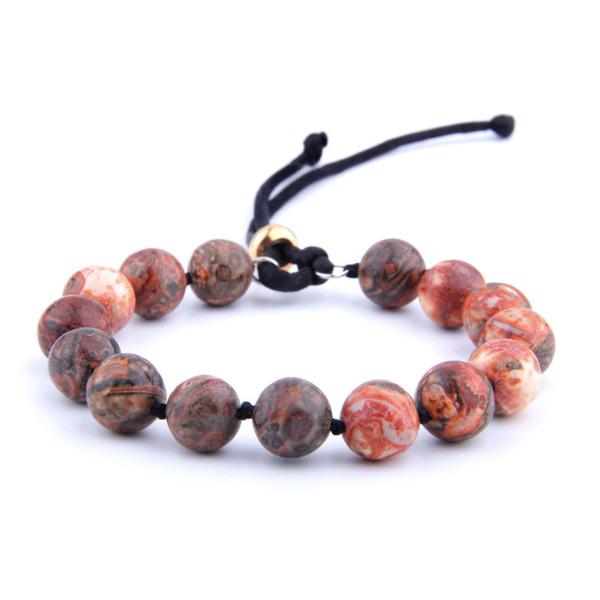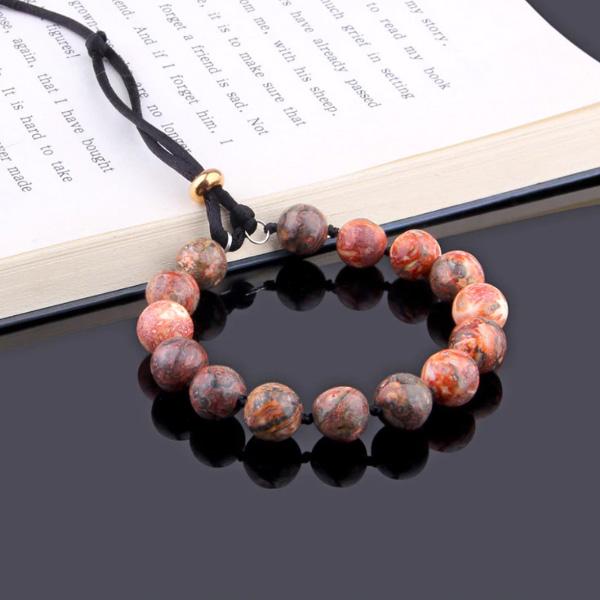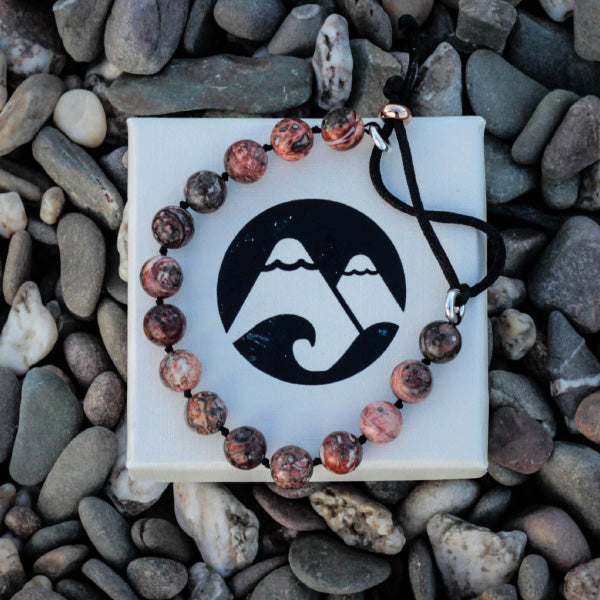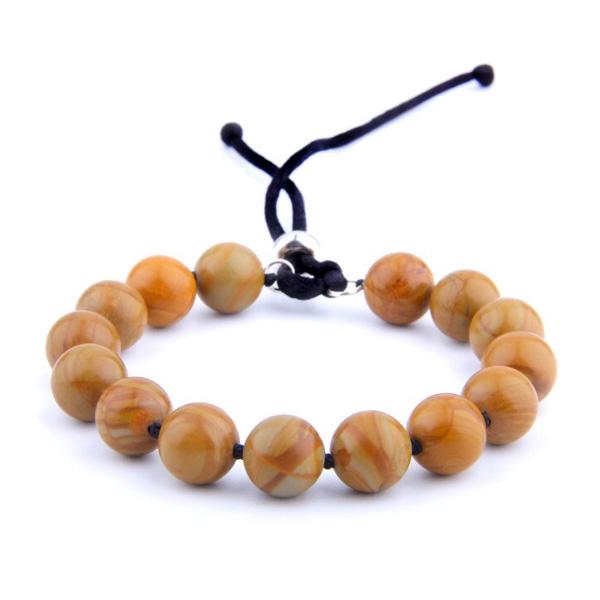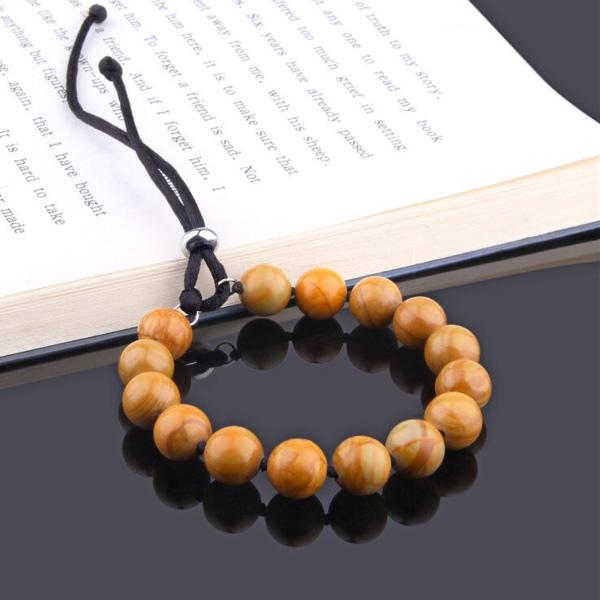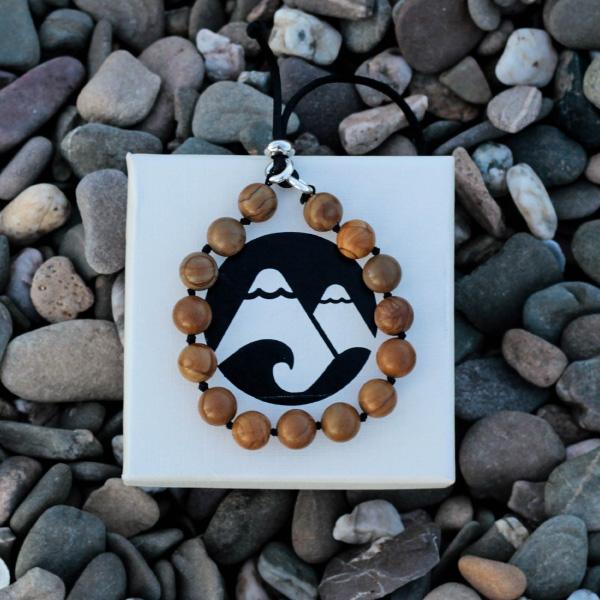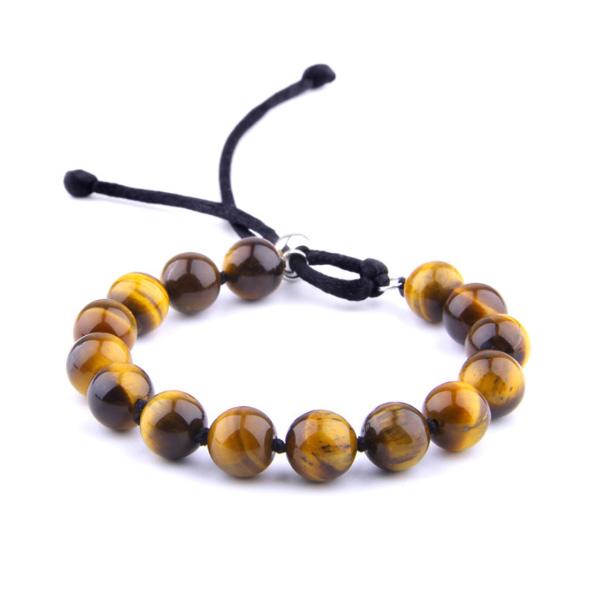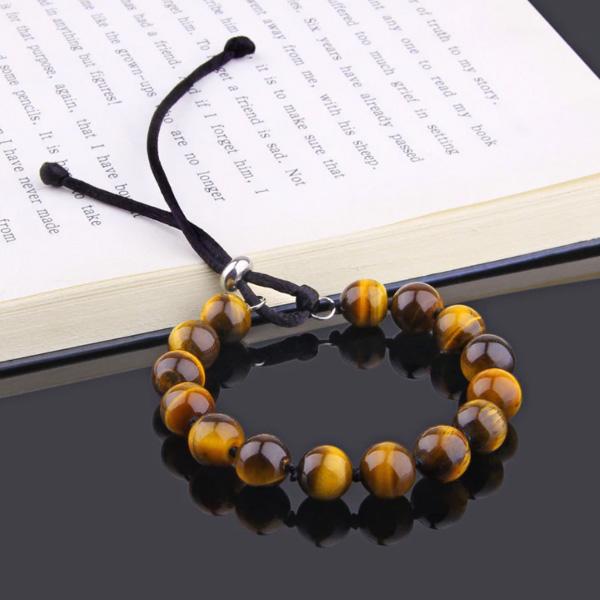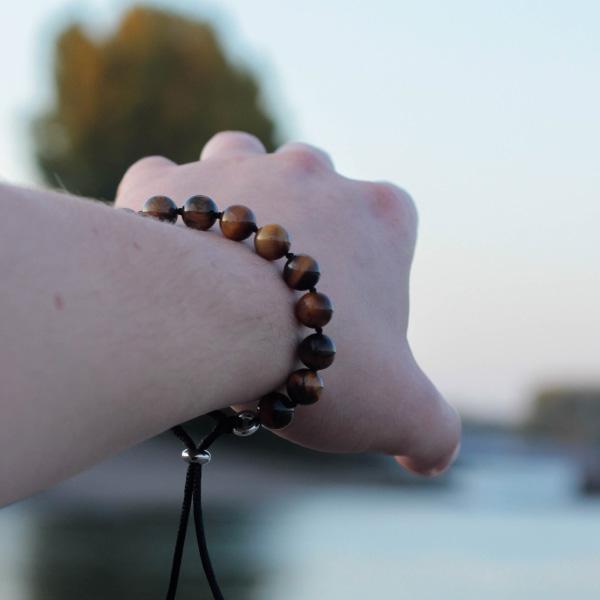Make Your Household More Eco-Friendly
You want to, but sometimes you don't know how. Make everyday life a little greener, live a bit more sustainably, a little more contact with nature. With just a few practical tips, you can help our planet immensely.
It doesn't always have to be the grand gestures when helping our planet a little. Do you sometimes feel the desire for a deeper connection with nature? Or would you like to be more committed to the environment but are not sure where to start? Then you are among many people who would like to help but feel that they do not have the necessary equipment or resources. In fact, with just a few practical tips, everyone can make their everyday life a little greener and give something back to Mother Nature.
Overview
Ten years ago, when sustainability and environmental protection were laughed at or ridiculed, there is now even a trend towards sustainability - with a few simple tips and tricks, this can easily succeed in living, too. The ice at the poles is melting faster and faster, the climate is warming up - and environmental protection is becoming more and more of an issue.
Glass, cardboard and jute instead of plastic
Where we are already shopping: The plastic bag has served its purpose. It is better to take a jute bag. They do not cost much, are lightweight and can be stowed away in any bag. They are still environmentally friendly. You should also prefer returnable glass bottles for drinks. Packaging-free supermarkets are also neat and available in almost every major city. It is worthwhile to learn a little about such shopping opportunities nearby. Do not forget food containers or preserving jars. If you are even more interested in this topic, have a look at Sarah Types' great video about eco friendly recycling:
Eco-cleaning made easy
Chemical muds damage the mucous membranes and are also bad for the environment when they enter the sewage. It is better to rely on biodegradable detergents, which cause fewer allergies and skin irritations.
Especially in the nursery, you should refrain from aggressive cleaning products. By the way, it does not hurt to involve the children in cleaning. This is how they learn early on how to ensure order and clean it sustainably. And another tip: how about children's toys with biological alternatives instead of plastic and plastic? Wood is not full of dangerous plasticizers and can withstand many generations!
Make sure to look into this video for helpful DIY eco-cleaning products.
Reusable products instead of new
The worst enemies of sustainability are disposable products. In the long run, they not only go into money but also produce a lot of unnecessary waste. Instead of cotton pads and facial tissues, there are microfibre cloths that you can wash and reuse. Cloth cleaning cloths are also significantly more sustainable than the good old kitchen roll. Paper napkins should be a thing of the past anyway.
Shopping consciously, not fast
Those who buy more consciously not only do good but often also save money. Try your hand at secondhand for a month or two on a trial basis. Whenever you need something new, first look for it on a thrift website. Many well-known suppliers of all kinds of used items, such as reBuy, check their goods thoroughly before they are offered for resale. There is no longer any reason to shy away from secondhand goods, especially since your wallet will be happy too. If it should be new, then take a moment more time to search and look for fair and sustainable brands that make the world a better place in their way.
Scientists believe, that you can reduce the environmental impact of a piece of clothing by 20 to 30% by extending the life by nine months. Therefore, second-hand is a great alternative - not only for our environment, but also for a unique style. More advantages of second-hand are covered right here.
What is eco light
The advantage of LED lamps is clear: they have high luminous efficacy and last extremely long. Overall, the LED lamp uses around 80% less energy than the conventional light bulb. Also, the LED lamp reaches the correct brightness immediately after switching on.
However, the LED lamp currently has one disadvantage: It is the most expensive alternative to the light bulb. However, if you consider the savings in electricity costs due to LED lamps and their service life, the investment is worthwhile in most cases.
Energy saving lamps - problematic transitional solution
Energy-saving lamps convert only 25% of the energy into light. Energy-saving lamps can save up to 28 million tons of CO2 per year - a considerable amount that justifies the EU ban on incandescent bulbs. However, many problems have now become known. Energy-saving lamps emit substances that belong to the phenols and cresols class and cause cancer. Besides, styrene, naphthalene and aldehydes, which can irritate mucous membranes and conjunctiva, were measured. Manufacturers must identify the sources and change the manufacture of the lamps so that they no longer produce toxic substances in regular operation.
Another problem: energy-saving lamps still contain small amounts of mercury. If the energy lamp breaks, the harmful heavy metal distributes in the room. The following applies here: open the windows and doors very quickly and ventilate the place well. Children, in particular, should not get too close to the broken glass. It is also not advisable to use a vacuum cleaner, as this distributes the mercury in the room. Better to use a broom and shovel. However, silicone-covered energy-saving lamps do not splinter when they fall and are therefore not quite as dangerous. Unfortunately, the EU directive forgot consumer protection. The packaging should be legibly warned of mercury and electrosmog.
Correct disposal
Discarded energy-saving lamps are particular waste and should be disposed of accordingly. Currently, they have to be taken back. This effort for the consumer means that only 10% of the energy-saving lamps are properly disposed of; the rest ends up in household waste. Dispensing points or containers are therefore required in everyday surroundings to ensure that the mercury does not get into the environment. A deposit on the lights would also increase the return considerably.
As long as energy-saving lamps contain substances that are harmful or hazardous to health, Greenpeace recommends LED bulbs. However, proper disposal must also be ensured for these.
Live green, reduce waste
What could be better to make everyday life greener than more "green" in your own life? Having your garden has many advantages: gardening lifts our spirits and routine gardening in the open-air works like therapy. But even without a garden, you can come into harmony with mother nature by regularly visiting the nearest park or local recreation area. Sufficient time amid nature works wonders for body and mind. Those who appreciate mother nature again do not want to burden them with unnecessary rubbish. The motto is: reduce waste, recycle what you have bought, recycling and composting. Does it always have to be the single-use plastic bottle? Can't the glass vessels also be used in other ways?
Don’t wait before your closet runs out of space. We have gathered tricks in this article that can help you manage those extra clothes and other forms of clutter in your home.
Living a little greener is not tricky, and you can start immediately with more sustainability in everyday life.
